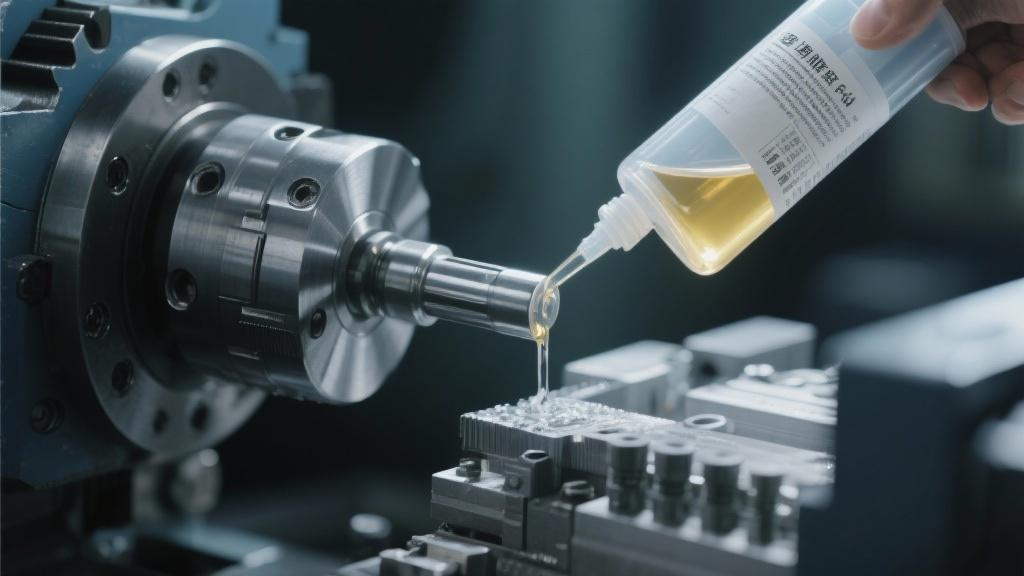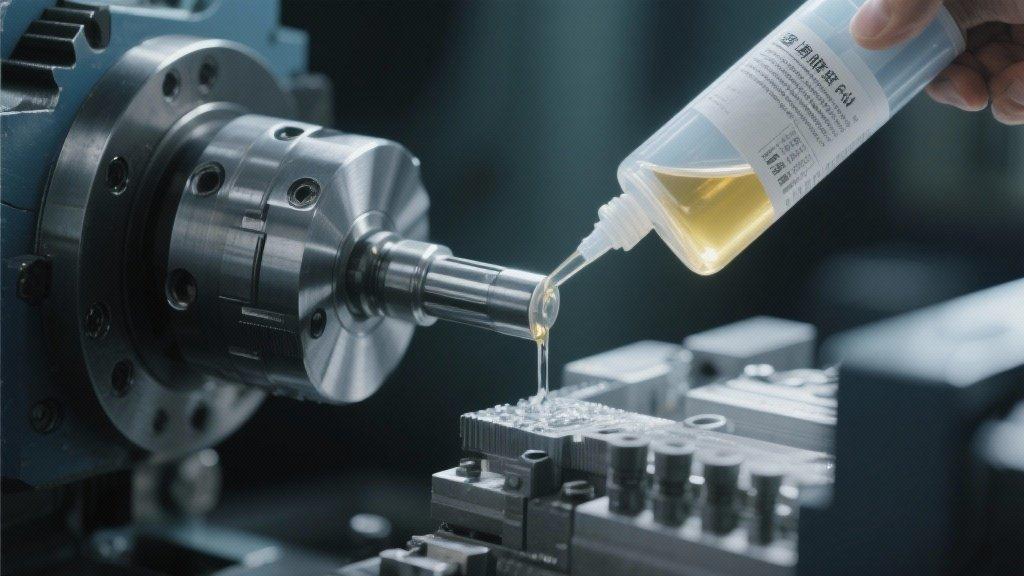We explore various types of cutting fluids, including oils, emulsions, and synthetics, and discuss their specific benefits and drawbacks in aluminum applications. The article also highlights how the right fluid can enhance lubrication, cooling, and chip removal, ultimately leading to better machining outcomes. Furthermore, we address common misconceptions about cutting fluids and provide insights into best practices for choosing and managing them effectively within the machining environment.
By understanding the importance of cutting fluid selection, manufacturers can optimize their processes, reduce operational costs, and improve overall product quality. Whether you’re a machinist, engineer, or manufacturer, this article will equip you with the knowledge needed to make informed decisions about cutting fluid that can significantly enhance your aluminum machining operations. Join us as we unlock the secrets to successful aluminum machining through informed cutting fluid choices.
Is the Right Cutting Fluid Essential for Aluminum Machining?
Understanding the Role of Cutting Fluid
Question: Why is cutting fluid important in aluminum machining?
Answer: Cutting fluid is crucial in aluminum machining for several reasons. It serves as a lubricant, cooling agent, and helps flush away chips produced during the machining process. When machining aluminum, especially at higher speeds, heat is generated due to friction between the cutting tool and the workpiece. A good cutting fluid reduces this friction, helping to keep the temperature under control, which is vital for maintaining the integrity of both the tool and the workpiece. Moreover, it can help prevent corrosion of the aluminum, improve surface finish, and enhance tool life.
Question: What types of cutting fluids are most suitable for aluminum machining?
Answer: There are three primary types of cutting fluids used in aluminum machining—oil-based fluids, water-soluble emulsions, and synthetic fluids.
Choosing the right type of cutting fluid often depends on the specific machining conditions and the desired outcomes.
Best Practices for Cutting Fluid Use
Question: How can proper cutting fluid management enhance machining performance?
Answer: Proper management of cutting fluid can significantly enhance machining performance. Here are some best practices:
Question: What are some common mistakes when using cutting fluids in aluminum machining?
Answer: Understanding and avoiding common mistakes can lead to better outcomes:
Ultimately, understanding these facets of cutting fluids in aluminum machining can greatly enhance the efficiency and quality of machining operations. The right choice and management of cutting fluid contribute significantly to tool longevity, product quality, and manufacturing productivity.

Why is cutting fluid important in aluminum machining?
Cutting fluid plays a critical role in aluminum machining by acting as a lubricant and cooling agent. It helps to reduce friction between the cutting tool and the workpiece, which is essential to prevent overheating.
Additionally, the right fluid can enhance surface finish and extend tool life, making it a vital component in optimizing machining operations.
What types of cutting fluids are most suitable for aluminum machining?
There are primarily three types of cutting fluids that work well for aluminum machining: oil-based fluids, water-soluble emulsions, and synthetic fluids. Oil-based fluids provide excellent lubrication, while water-soluble emulsions balance lubrication and cooling effectively.
Synthetic fluids are increasingly popular due to their environmentally friendly properties and superior cooling capabilities. Selecting the right fluid depends on specific machining conditions.
How can proper cutting fluid management enhance machining performance?
Effective cutting fluid management can significantly improve machining performance by ensuring that the fluid remains clean and at the right concentration. Regular checks and maintenance prevent contamination that could lead to increased wear and tear of tools.
Proper application techniques and adjusting machining parameters based on the cutting fluid type can also lead to better outcomes. Training machinists on managing cutting fluids is equally important for maximizing efficiency.
What are some common mistakes when using cutting fluids in aluminum machining?
One common mistake is neglecting the cleanliness of cutting fluids, as dirty fluids can harm both the tools and workpieces. Choosing the wrong type of cutting fluid is another pitfall, as not all fluids are suited for aluminum.
Inconsistency in applying the fluid can result in unpredictable machining outcomes, so it’s crucial to maintain a steady application for optimal results.









